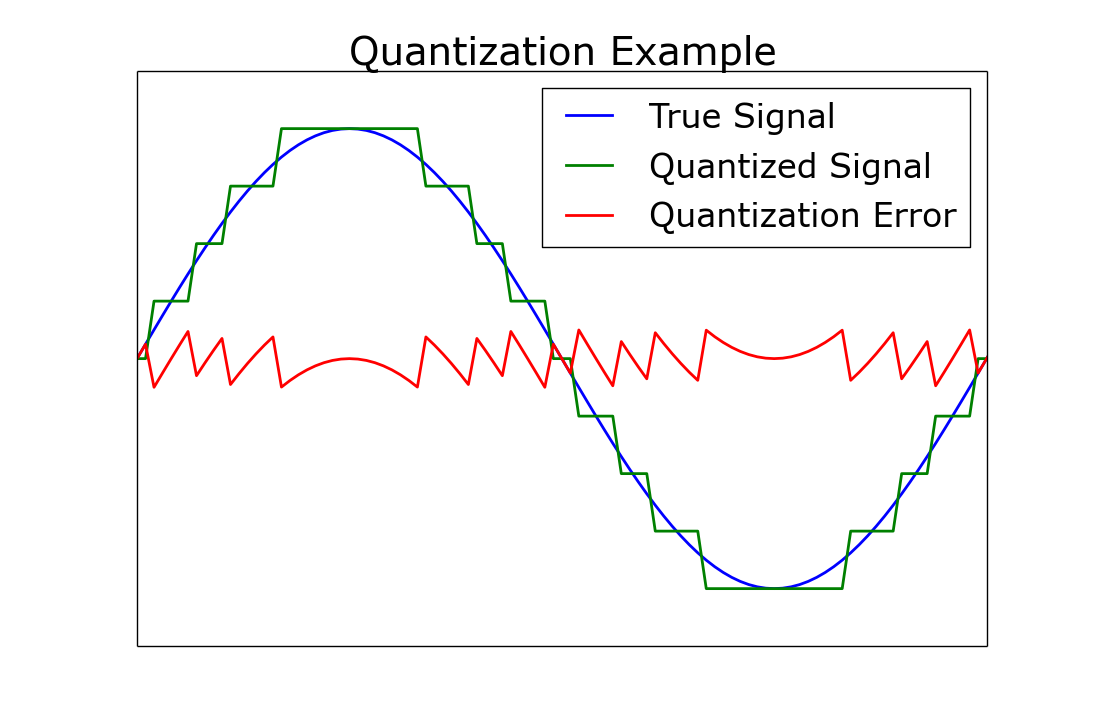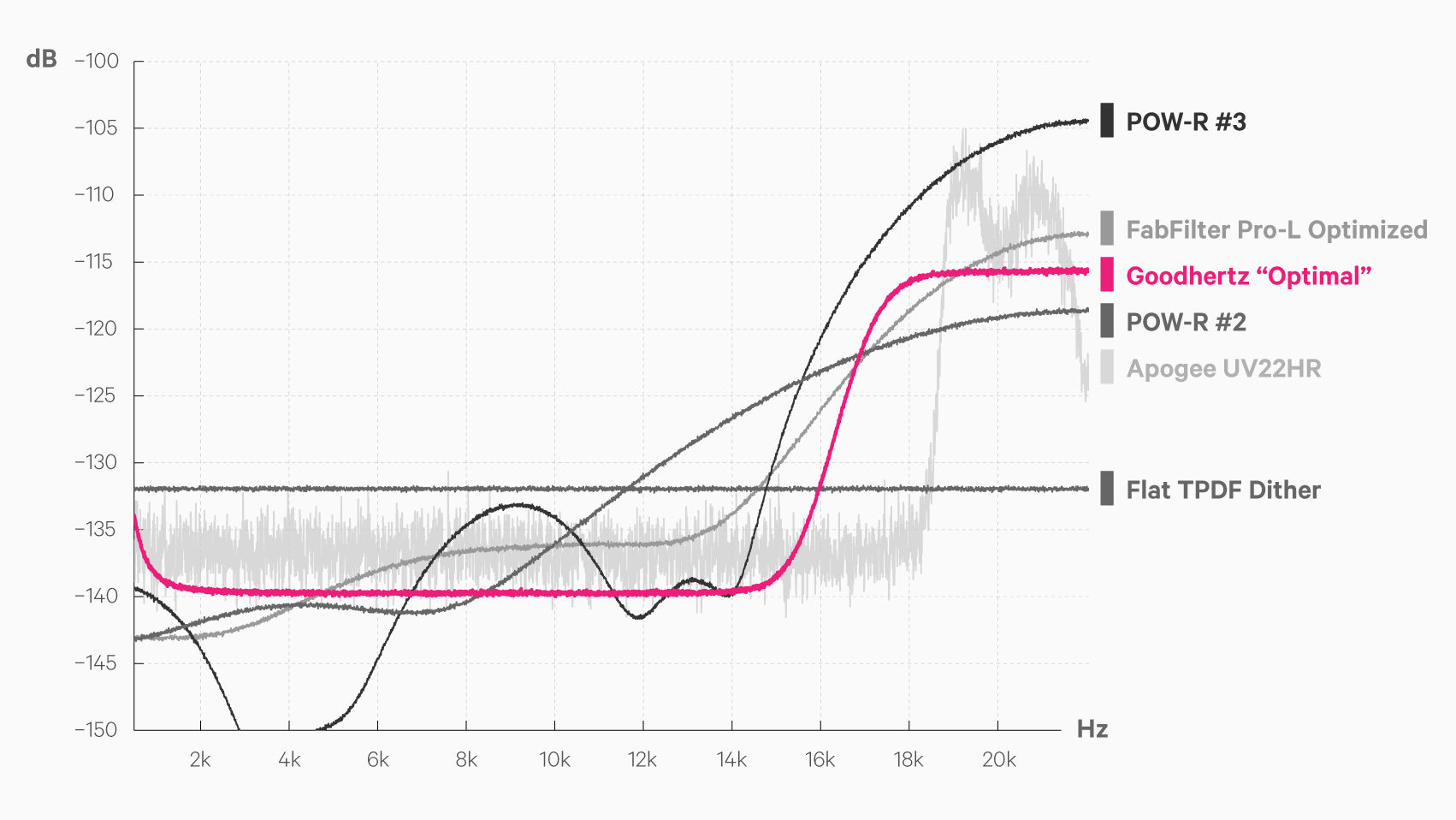디더링
디더링은 디지털 오디오 처리에서 사용되는 중요한 기술로, 양자화 오차(Quantization Error)를 관리하고 오디오 신호의 품질을 향상시키는 데 도움을 주는 프로세스입니다. 디지털 오디오에서는 연속적인 아날로그 신호를 디지털 형식으로 표현하려고 하는데, 이때 정보의 양을 유한한 비트 수로 표현하게 됩니다. 예를 들어, 16비트로 표현되는 음성은 216(약 65,536) 가지 값만을 나타낼 수 있습니다. 그 결과, 연속적인 아날로그 신호와의 차이가 발생하게 되는데, 이것을 양자화 오차(Quantization Error)라고 합니다. 디더링은 오디오 신호에 작은 랜덤한 노이즈를 추가합니다. 이 노이즈는 양자화 오차와 혼합되어 오디오 신호가 더 자연스럽게 소리 나게 하며, 디지털에서 아날로그로 변환할 때 발생하는 잡음을 줄입니다. 디더링은 주로 디지털 오디오 마스터링 과정에서 사용되며, 오디오를 디지털 형식에서 아날로그 출력 또는 다른 디지털 시스템으로 변환할 때 적용됩니다. 이를 통해 음악 및 오디오가 더 자연스럽게 소리 나고 오디오 품질이 향상되며, 양자화 오차로 인한 왜곡이 줄어듭니다.
Dithering
Dithering is an important technique used in digital audio processing to manage quantization error and enhance the quality of audio signals. In digital audio, continuous analog signals are represented in a digital format, and this involves expressing a finite amount of information using a limited number of bits. For example, a 16bit representation of audio can only represent approximately 65,536 different values. Consequently, discrepancies arise between the continuous analog signal and its digital representation, which is referred to as quantization error.
Dithering involves adding small random noise to the audio signal. This noise mixes with the quantization error, making the audio signal sound more natural and reducing the noise that occurs during the conversion from digital to analog.
Dithering is primarily used in the digital audio mastering process when converting audio from a digital format to analog output or to another digital system. This process results in a more natural sound quality, improves audio fidelity, and reduces distortion caused by quantization error.
양자화 오차
Quantization error
디지털 신호를 재생시에 오리지널 신호화의 1비트의 차이가 날 수 밖에 없기 때문에, 이 부분의 소실이 사람에게는 역으로 청감상 고주파수 대역에 노이즈로 인식될 가능성이 있다. 이렇게 인식되는 노이즈를 양자화 노이즈라고 한다.

